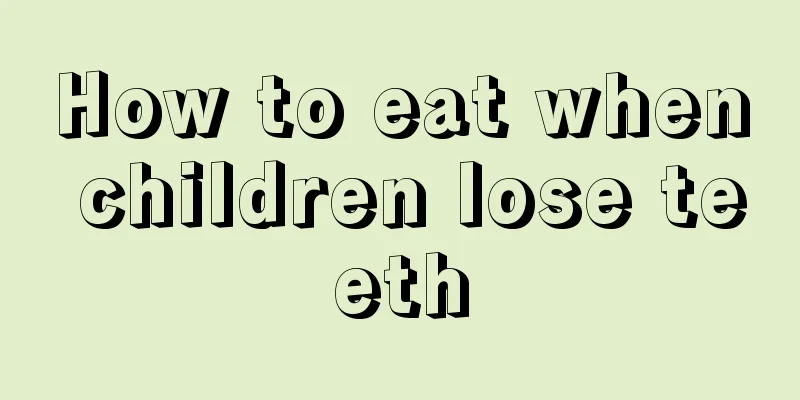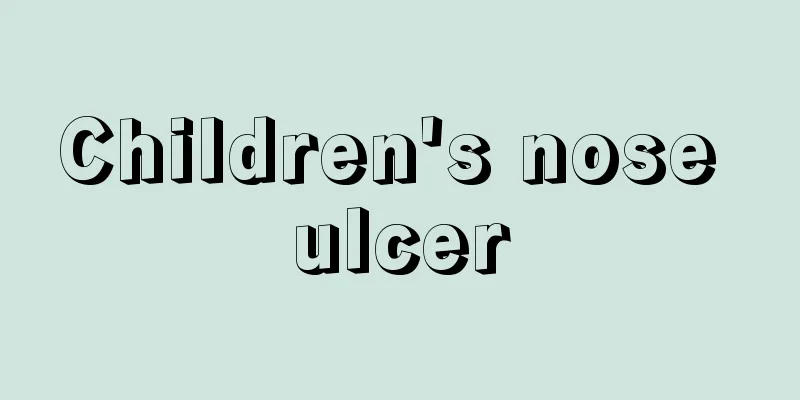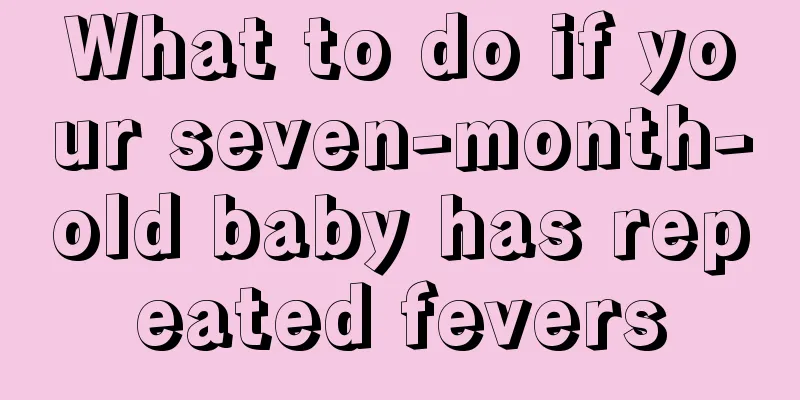How to eat when children lose teeth

|
As children's bodies continue to develop, they gradually enter the period of tooth replacement. Since they have just lost their teeth, their chewing ability is very limited. Parents are very worried about their children's eating problems, fearing that it will cause unnecessary trouble to their children's bodies. How children eat when they lose their teeth becomes a focus of concern. So, how should children eat when they lose their teeth? Let’s take a closer look below. When babies are about six or seven years old, permanent teeth begin to erupt and replace the original deciduous teeth. Although some children's permanent teeth have erupted, the deciduous teeth often refuse to "give way", forcing the permanent teeth to grow from the inside of the deciduous teeth, forming "double-layer teeth" and causing the permanent teeth to be unevenly arranged. There are many reasons for the delayed loss of deciduous teeth. The most common one is that children eat too finely and do not fully utilize the physiological stimulation of their teeth. The main function of teeth is to chew food. Chewing food can promote the growth and development of the roots of deciduous teeth as well as their natural absorption and shedding. Therefore, as children grow older, they should eat more chewy foods such as jellyfish and peanuts to maintain good stimulation to the deciduous teeth and promote their timely shedding. Therefore, during the baby's teething period, if the mother provides some easy-to-chew foods, she will "deprive" the baby of the opportunity to exercise his teeth. If you are still doing this, stop it immediately. When the child's incisors and molars have erupted, the mother can add some celery, corn, apples and other foods to the child to ensure a smooth tooth replacement and give the child a healthy and neat set of teeth. Ingredients: 500g rice, 300g shrimp, 1000ml chicken soup Ingredients: Oil, salt, celery, black fungus, carrots King oyster mushrooms, shiitake mushrooms, chopped green onions practice: 1. Wash the sea-farmed prawns 2. Peel the shrimp shell and remove the shrimp thread 3. Dice various vegetables and set aside 4. Add chicken soup to leftover rice 5. Add black fungus, carrots, shiitake mushrooms and king oyster mushrooms and cook over medium heat. 6. After about 8 minutes, add diced celery and shrimps and cook over high heat for 2 to 3 minutes. Add chopped green onion and salt. My salivary glands are really stimulated when seeing this shrimp porridge. It is nutritious but not greasy, fully supplements calcium, and can provide sufficient energy for noisy children. In a word, mother’s loving porridge is not just for show. Tips: When preparing this dish, it is best to use fresh large shrimps. When cooking porridge, add vegetables that are slower to cook first, and add shrimp and vegetables that are faster to cook at the end. The above is an introduction on how children should eat when they lose their teeth. I hope it will be helpful to parents. From the time a child has teeth to the time they lose them, the child's daily diet will still be greatly affected. Improving the diet can avoid causing greater impact on the child and ensure that the child's nutrition is not affected. |
<<: What causes dental calculus in children?
Recommend
What material is good for children's tableware?
The health of the baby is a concern for parents. ...
15-month-old baby early education
A 15-month-old baby is already over one year old....
What calcium tablets are good for children to take when they are changing their teeth?
Calcium supplementation is a very common thing in...
Is it good to give enema to children when they have a fever?
Because children's body functions are not ful...
What to do if your child is a little introverted
The formation of a child’s personality is influen...
Two month old baby sleeps lightly
The baby's sleep has a great impact on the ba...
Secret recipes for preventing and treating common diseases in children
Here are some secret recipes for preventing and t...
Why do children have abdominal effusion after surgery?
We all know that some serious diseases require su...
Reasons why babies kick off the quilt when sleeping at night
Every child has a different physical condition. M...
Can neonatal pulmonary hemorrhage be cured?
Neonatal pulmonary hemorrhage is very serious and...
How to treat chronic rhinitis in children?
With the massive increase of pollutants in modern...
Is it okay for babies to take a bath every day?
For newborn babies, they are inferior to adults i...
Why do children suffer from cerebellar atrophy?
If a child has cerebellar atrophy, parents who ha...
Infant fecal occult blood weak positive
The health of the baby is something that every pa...
What are the emergency measures for children’s stomachache and vomiting?
Children are weak and easily troubled by diseases...









